“Make sure you reach all the different customers that we are targeting with this ‘revolutionary’ product”, ranted the voluptuous Brand Manager. Again! I wondered. Who was going to work through not just a long weekend but one that was climaxing with Madaraka Day holiday.
Anyway, here was another brief to the PR team, which needed tailored messages for different audiences that would ultimately ensure the brand achieve its target goals. We all agree that gone are those days of mass communication when all one needed was to shout loudest to be heard by the masses.
Nowadays, different audience segments have different behavour traits that can only be addressed by specific messages via well-selected platforms. Think about those millennials who drink, eat and sleep online but still prefer to listen to rhumba, a music genre associated with the old and not so savvy.
The process is referred to as Audience Segmentation where a communicator divides an audience into smaller groups with similar characteristics. Audience Segmentation is based on the assumption that different clusters of audience have different characteristics that influence the extent to which they pay attention to, understand and act on different messages.
ALSO SEE >>> Building a winning social media strategy
We can identify audience segments, but it is not always practicable to reach them due to our limited resources. The ideal audience size is one person. However, it is not practicable to do this – too costly and time consuming. Even with the customised SMSes; sometimes I am addressed as Petronila or Pricilla yet I belong to the under four lettered name generation that had Peter, John, Mark, Tom, Ben, Ken, Saul and Paul.
The slicing and dicing of a list of people can be quite demanding, so the challenge is to find the balance between the smallest number of messages and channels required to distribute information, while at the same time form audience-segments that are as similar as possible. In essence, this is a balance between reach and specificity.
The greater the reach of a campaign, the greater the number of individuals who can be influenced, yet increased reach results in a mixed audience. Messages designed to reach a broad cross-section are likely to be less effective in bringing about higher-order (e.g. behavioral) changes than lower-order (e.g. attitudinal) changes because they are less tailored to the needs of individuals.
The problem is that audience segmentation is typically conducted in an ad hoc way or is put into the ‘too-hard basket’ because it takes time and effort to accomplish. Remember agencies are sometimes too busy. No, I retract, clients are always not ready to incur additional costs for someone to sit down and prepare multiple mailing lists of segmented groups. Often this sort of work is left to the most junior person (diplomatic term for the new intern) who may fumble with the job because they don’t know enough about the target audience or just don’t care because such a task is boring.
Next Read >>> What a good PR brief should not miss
Communicators have to determine which channels are likely to be the most effective in reaching the intended audience. This targeting is the strategic use of communication channels to reach the audience segments, and is based on the principle that certain groups or segments of audience utilize certain types of channels and that cost-effectiveness can be maximised if the placement of campaign messages in particular channels corresponds with the use of the channels by the intended audience.
Once audiences have been exposed to campaign messages they have to be persuaded to make the ensuing behaviour changes. Remember how Coca-Cola successfully made you to chase name tags in your local supermarket? Hence, in addition to campaign messaging and targeting, communicators need to construct messages to cater to individuals’ needs, interests, abilities and motivations.
The ongoing NIC Bank Asset Financing campaign is keen to address entrepreneurs in various facets is a perfect example; the mama mboga who aspires to run a retail store and the truck driver who aspires to own a fleet of transport trucks.
The PR word for the week is TAILORING, not the tailor made suits that are reserved for pitch meetings. Tailoring is the process of crafting messages to cater for individual characteristics. Audience members must perceive that the issue is relevant to them. Relevance of the message is the extent to which it fulfills the desires and motivations of individuals.
Barasa is a public relations and communications practitioner based in Nairobi. @barasapaul on twitter





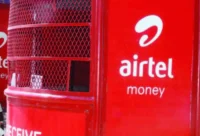



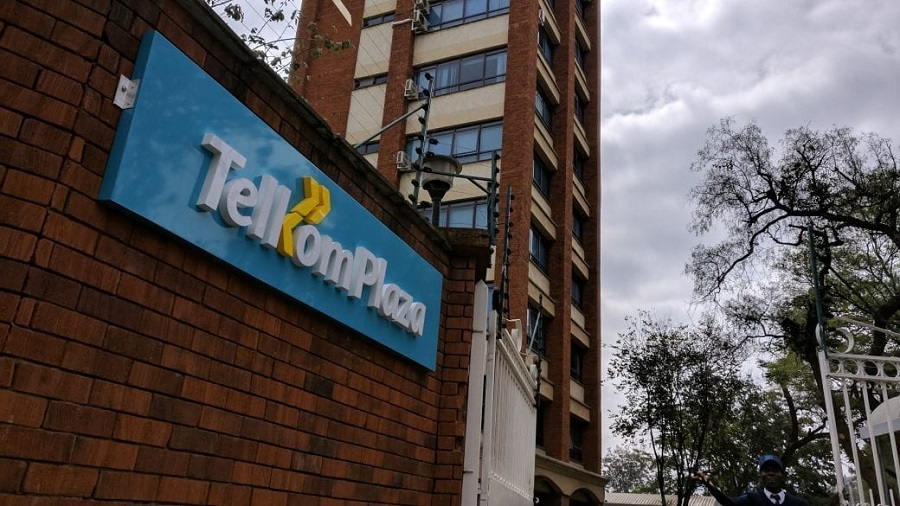













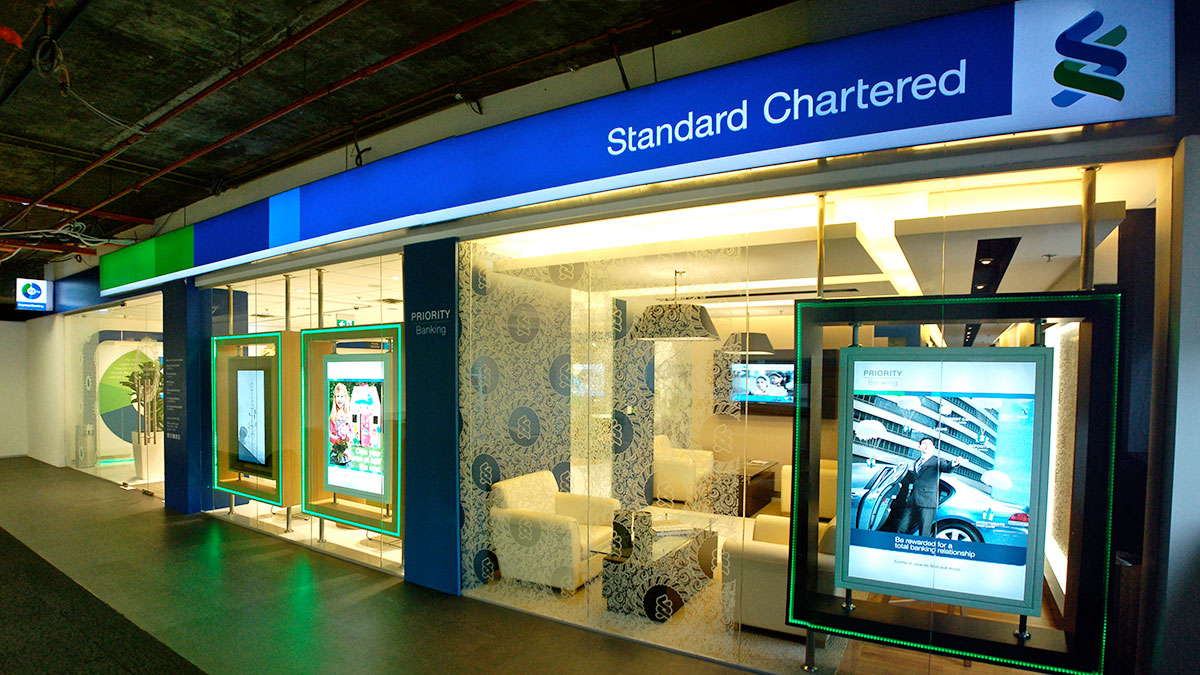

























![Pula Co-Founders and Co-CEOs, Rose Goslinga & Thomas Njeru. Pula provides agricultural insurance and digital products to help smallholder farmers manage climate risks, improve farming practices and increase their incomes. [ Photo / Courtesy ]](https://businesstoday.co.ke/wp-content/uploads/2021/01/Pula-Co-Founders-and-Co-CEOs-Thomas-Njeru-Rose-Goslinga.jpg)







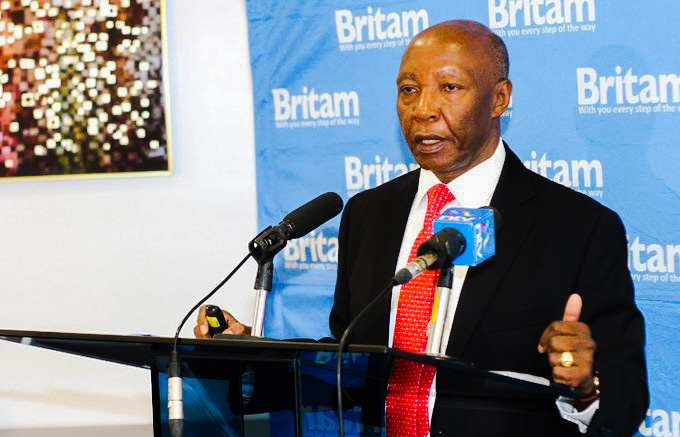








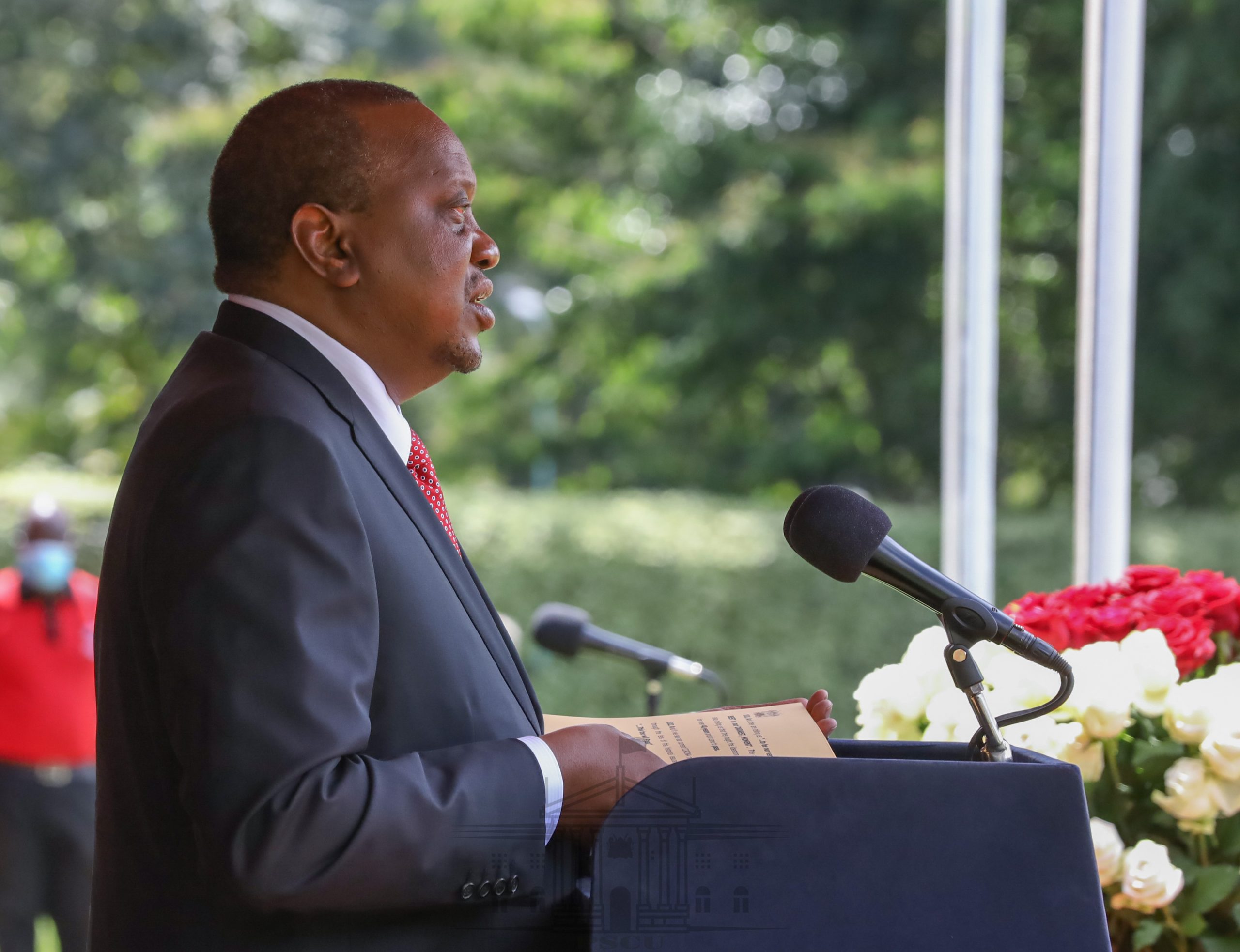










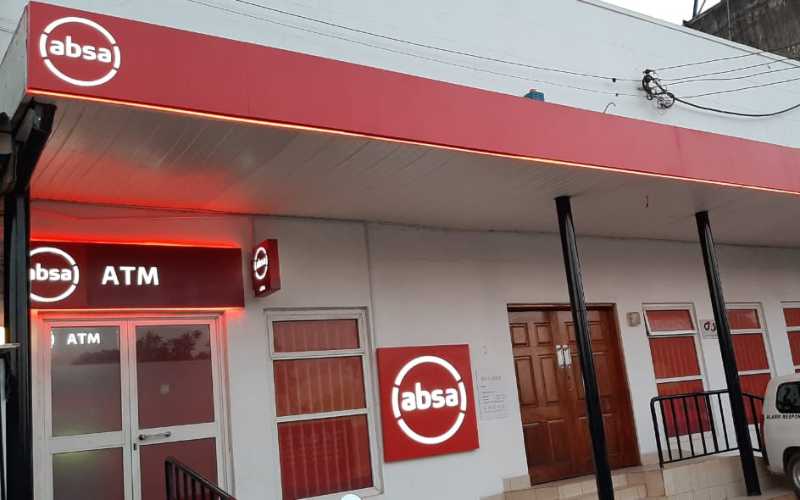





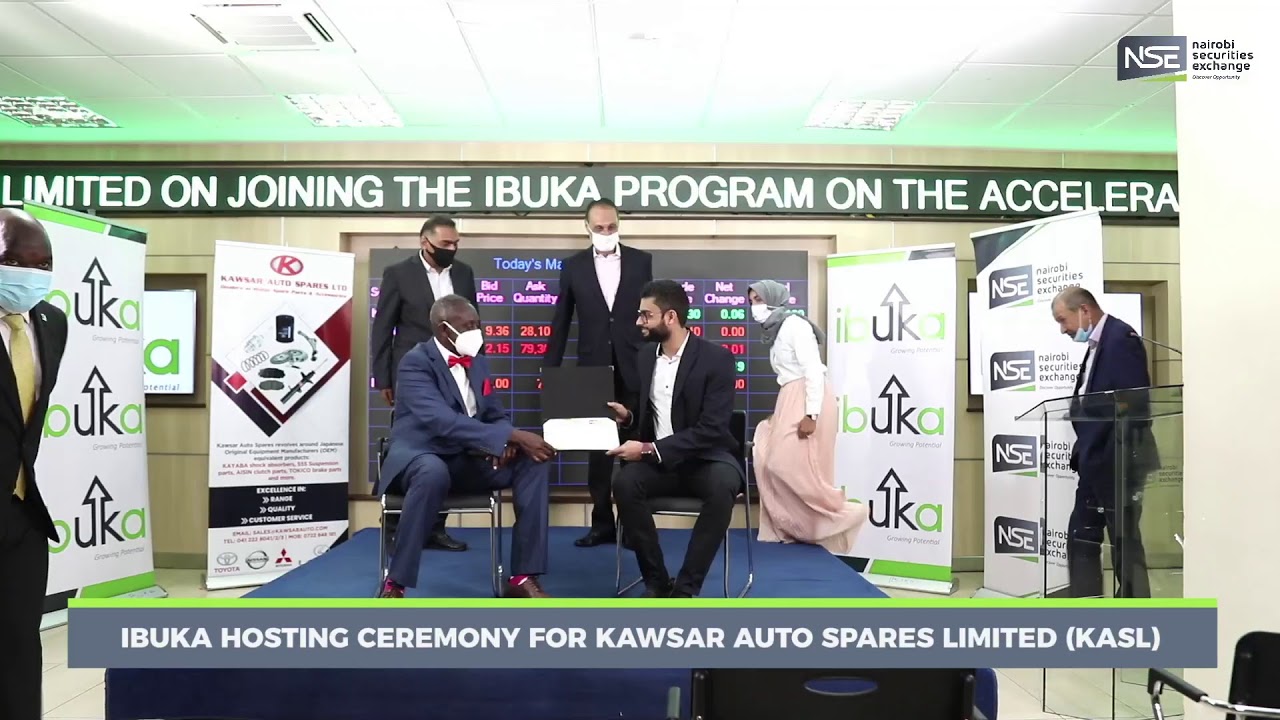
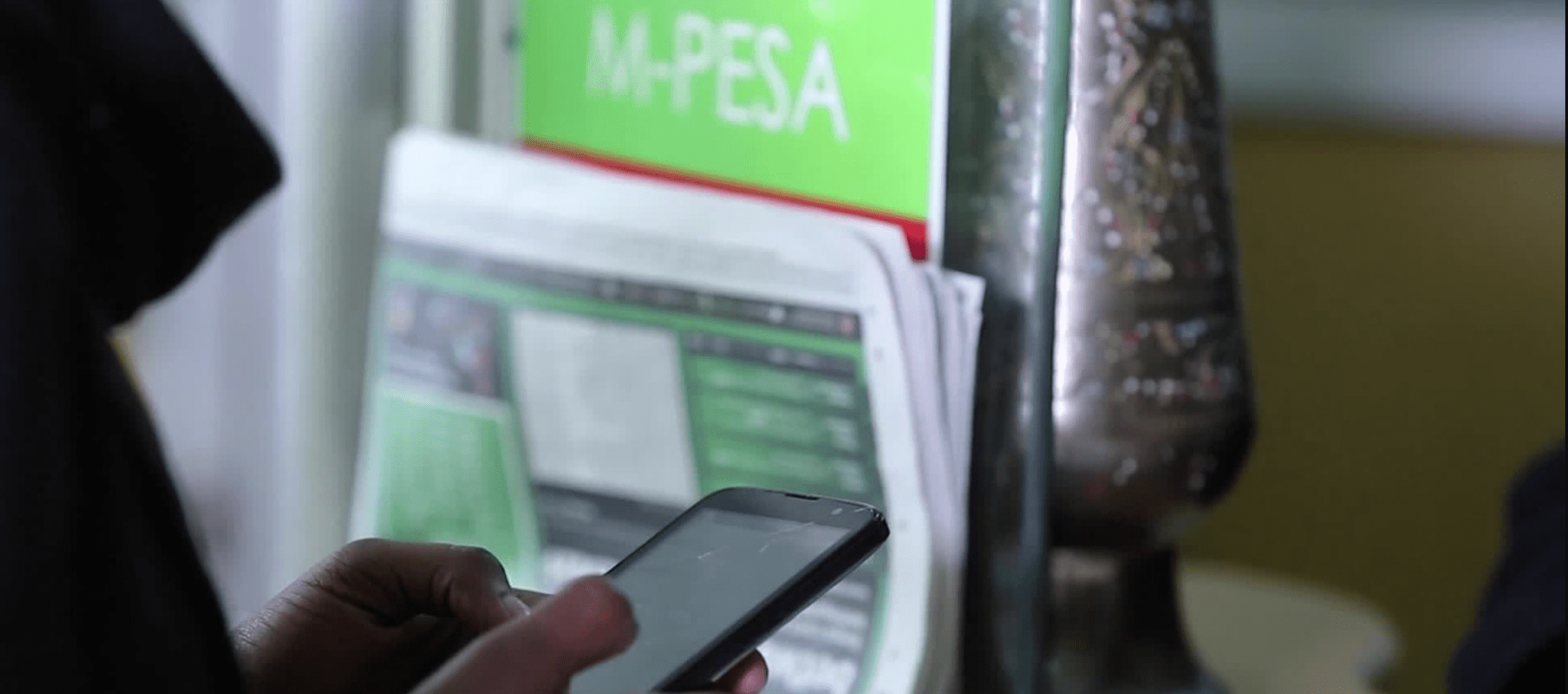




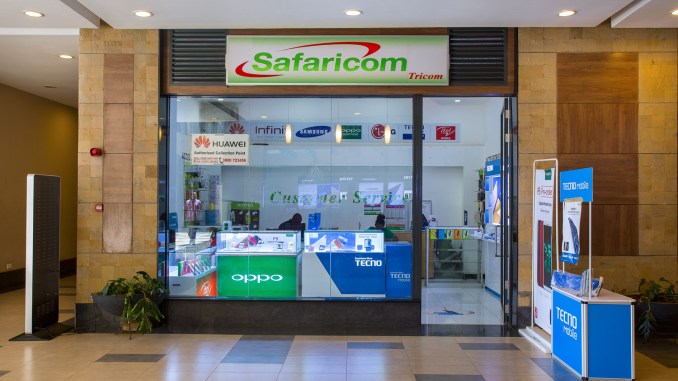


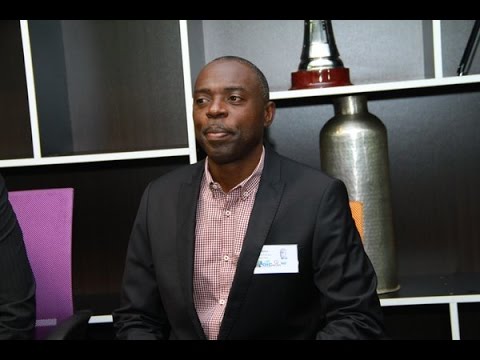



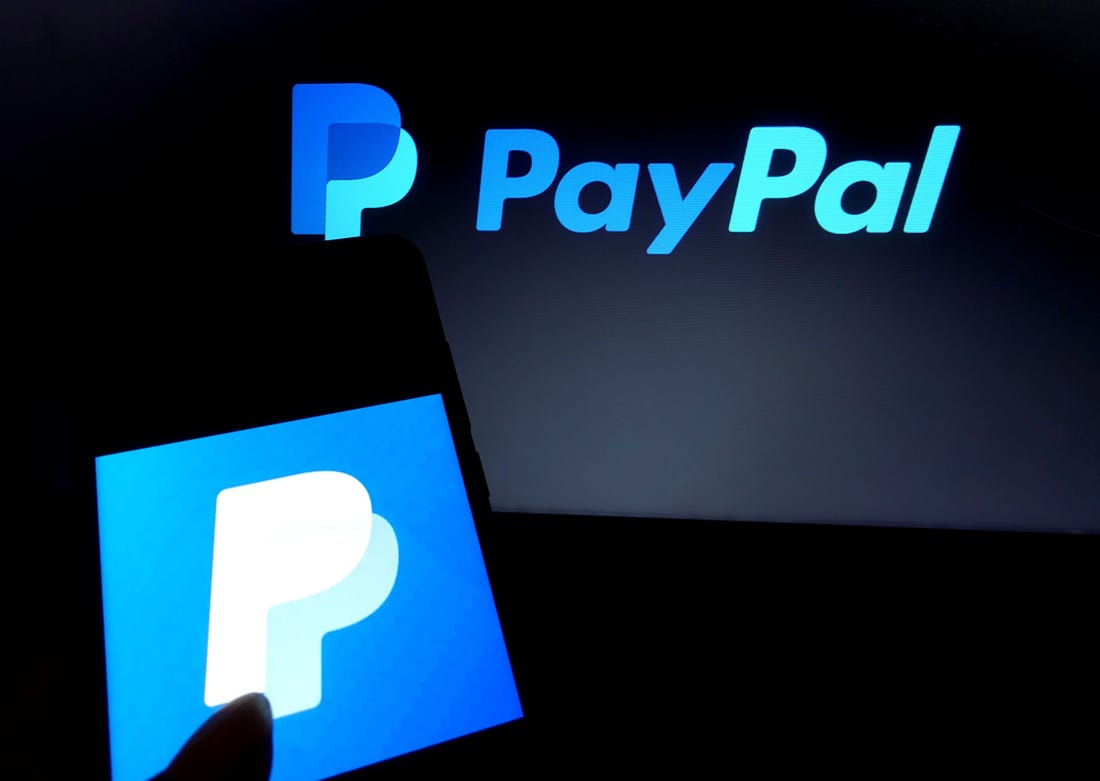



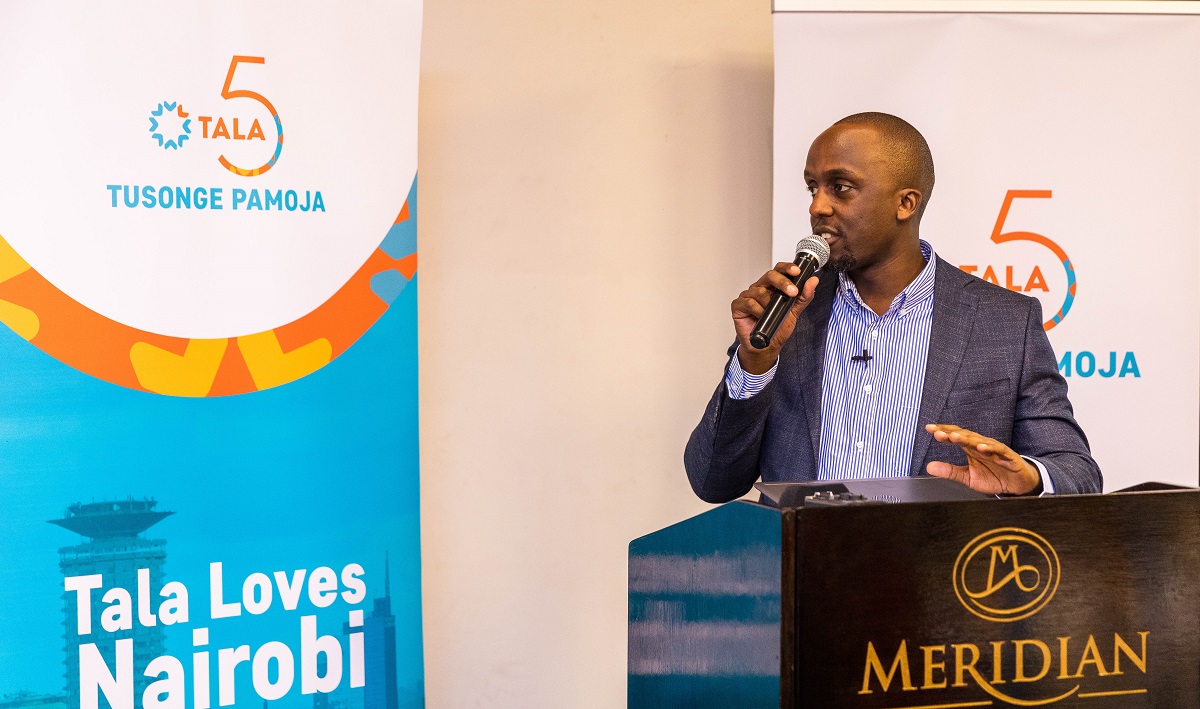







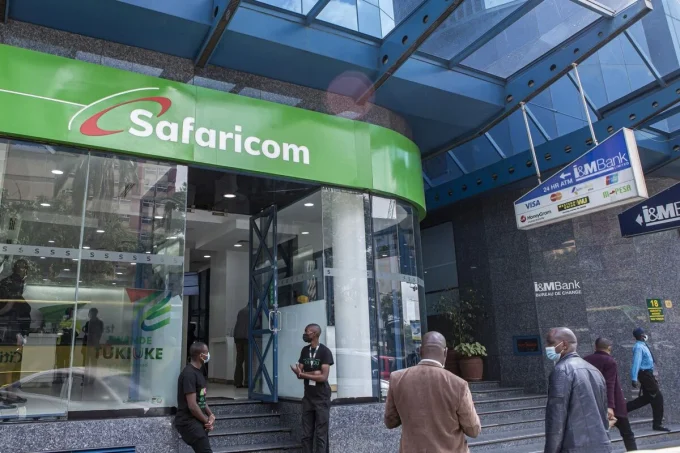

Leave a comment